August 14, 2014
-
An Eastward Homage, Day 22, Part I: Gravensteen, Hall of the Counts
June 17, 2014- The Flemish are nothing, if not feisty. A group of girls, who appeared to be 14-15 or so, boarded the bus to St. Pieters Platz, from St. Baaf’s, with the intention of getting off at Rabot, the area of Ghent’s eastern gate. Being preoccupied with teen matters, they noticed their stop, about 30 seconds after the driver had halted. They rushed to the exit, were ignored by the driver and the bus resumed to a spot near my hotel. The more vocal of the group called out an epithet, in Flemish, which evoked chuckles from some of the other passengers. They got off at my stop, and took off, pell mell up the street. I work alot with teens, so the whole thing was very familiar.
This brings me to Gravensteen, my main focus of that Tuesday morning. It is a well-preserved medieval castle, built to serve the Counts of Ghent, during the era of Flemish city-states. It’s overriding concern, from the looks of things, was providing space for imprisonment and torture. Having set the tone for an interesting visit, I promise not to overpresent the Museum of Torture .(Yes, that’s on the bottom floor).
Here is the home of the counts, in its entirety.
The balustrade and turrets are essentially as they were in the fourteenth century.
These turrets were the homes of the counts,when they stayed in Ghent.
Here are several views of the castle’s exterior.
Now, it’s time to go inside. This meeting hall is now used for school groups. On this day, there were two such groups in the castle.
This was the Governor’s Residence. There was no polished wood, until the 17th Century.
I proceeded from there, to the Hall of Armor and Weaponry. Below, is the closest thing a man had to a bullet-proof vest, in those days.
Of course, knights got to face combat in this.
A couple of views of weapons reminds us how things really were, if one strayed too far from the norm.

There was the hall of retribution, which featured the rack.
The iron mask was also a real instrument of control.
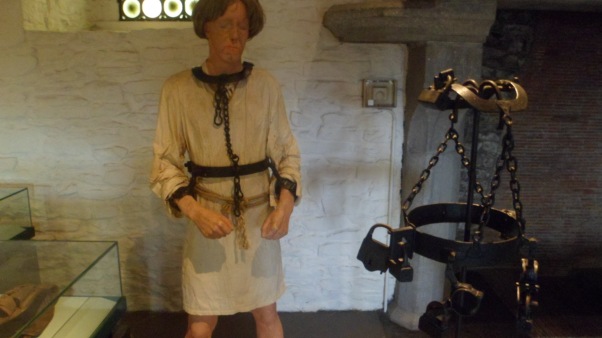
The rooms were not as stuffy as one would think, though. It was a good thing, as bathing wasn’t a top priority.
Here is a scale model of the grounds.
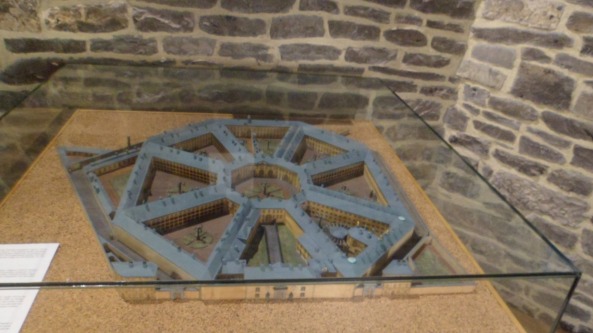
The views from the balustrade made being in the counts’ good graces a nice thing.
Being at the ground level wasn’t bad, either, as long as one was above the dungeon.
On the other hand, if one WAS in the dungeon, this was his lot. It was converted into a chapel, in the 18th Century.
This gave me a good idea of life in a self-contained royal universe. Being in a rather irreverent mood, and it being lunchtime, I dropped in at the Butchers’ Guild, in the Central Market, which reminded me a bit of Boston’s Fanueil Hall- with one big difference:
It is refrigerated, and there were no flies. I opted for ham with Gouda, on dark rye.
NEXT: Navigating Brussels
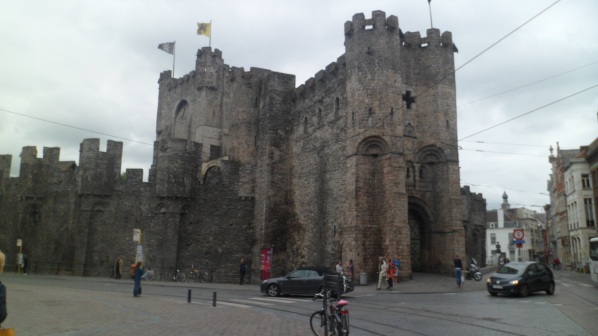
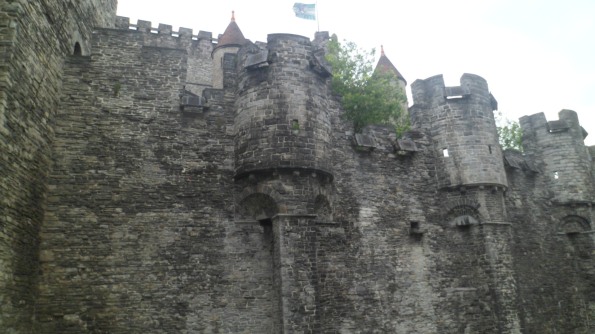
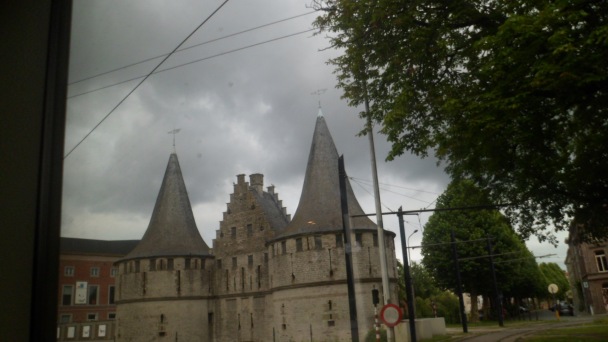
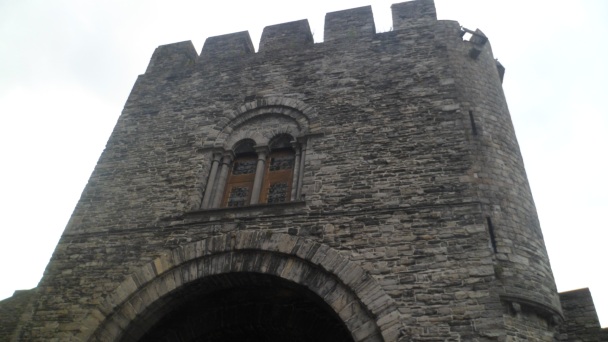
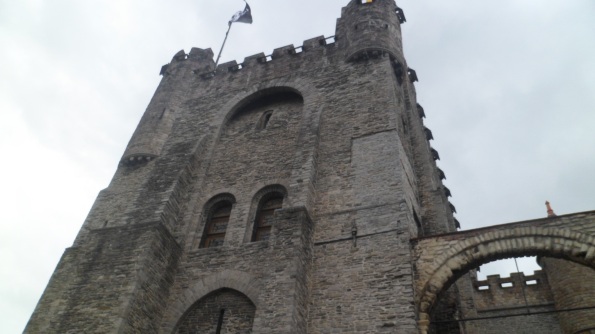
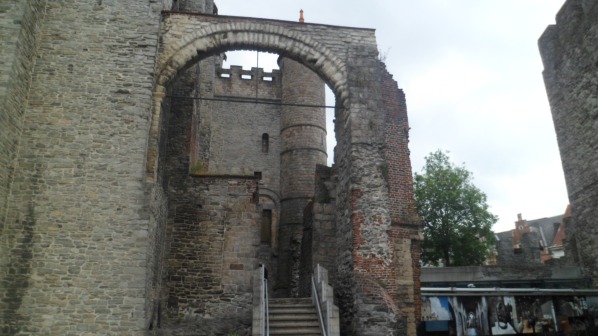
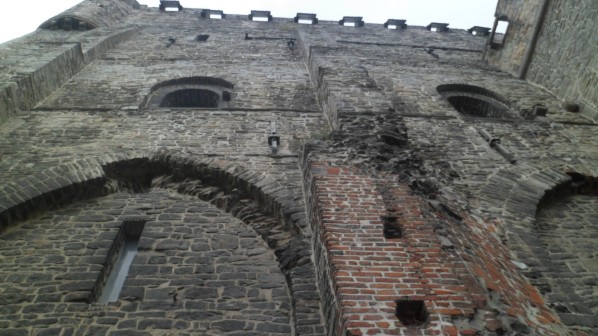
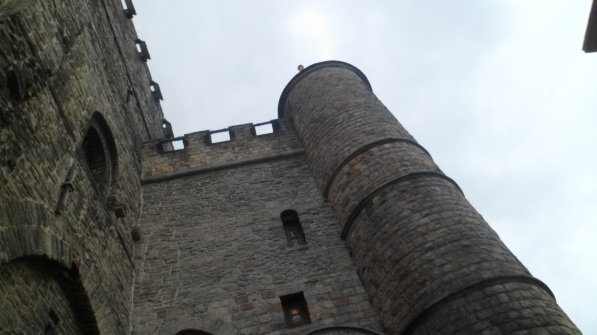
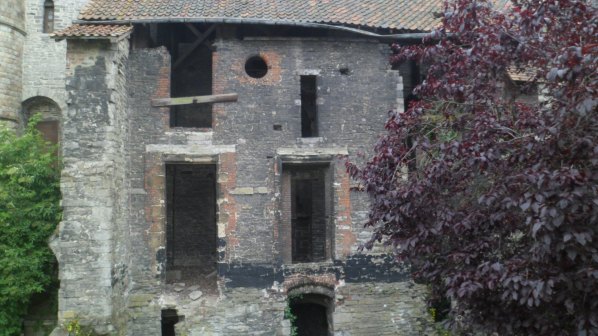
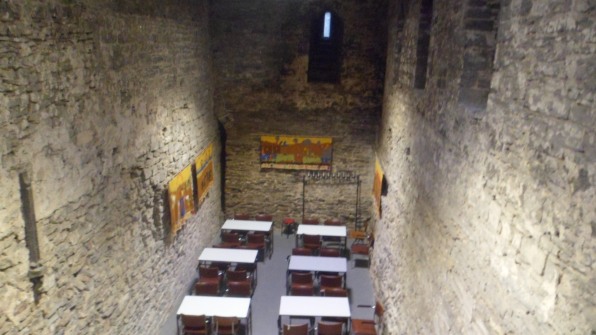
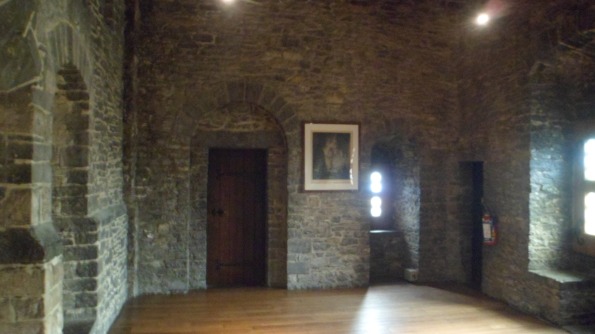
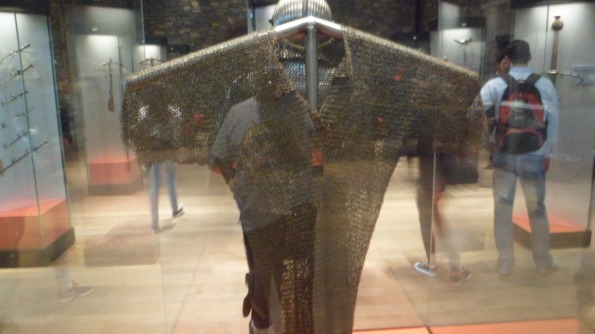
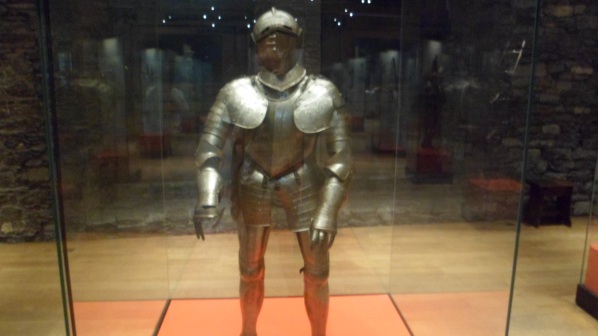
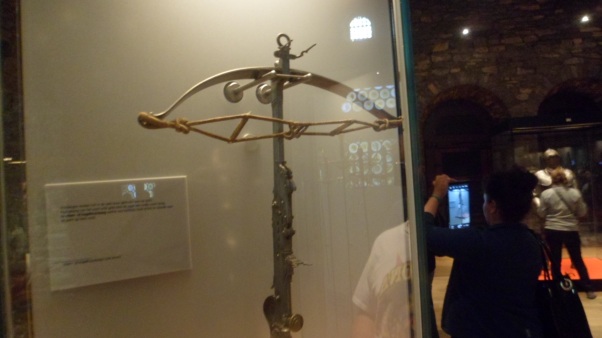
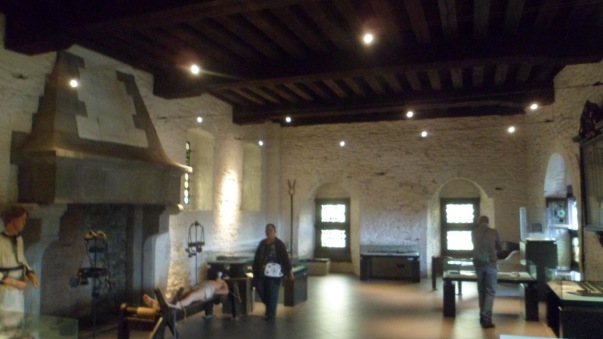
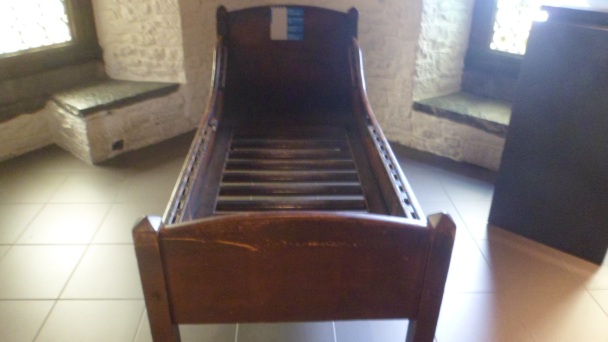
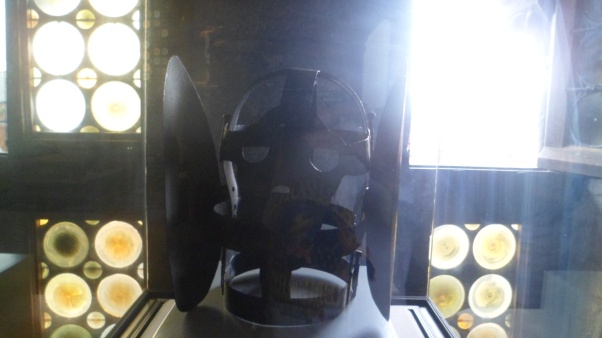
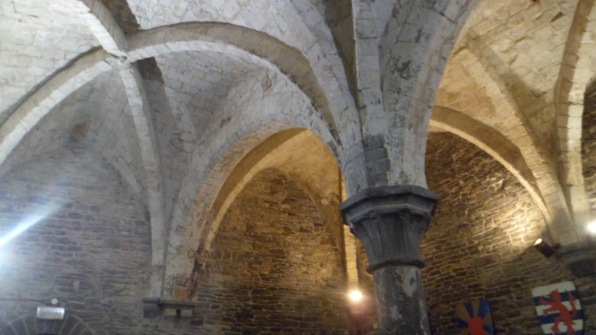
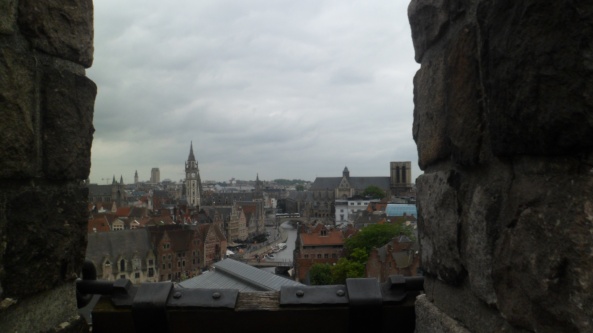
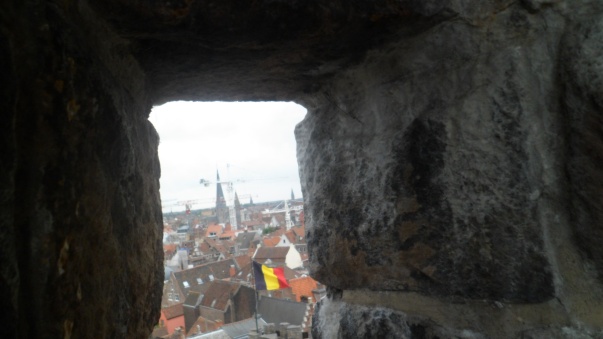
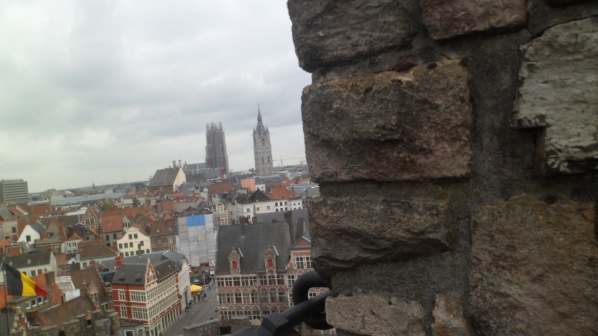
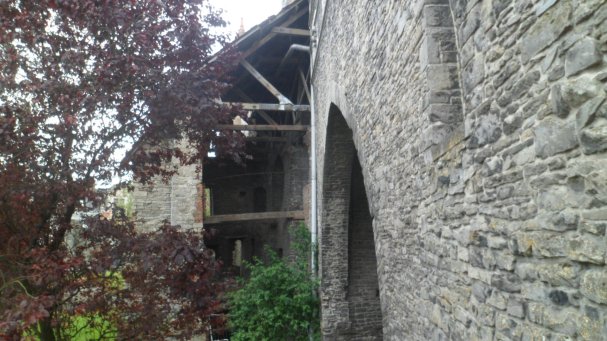
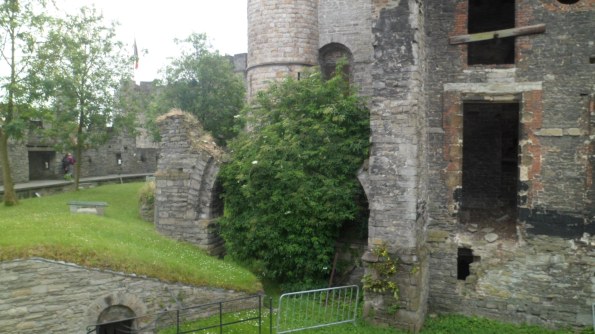
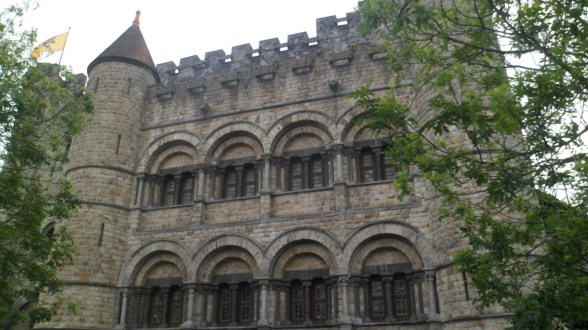
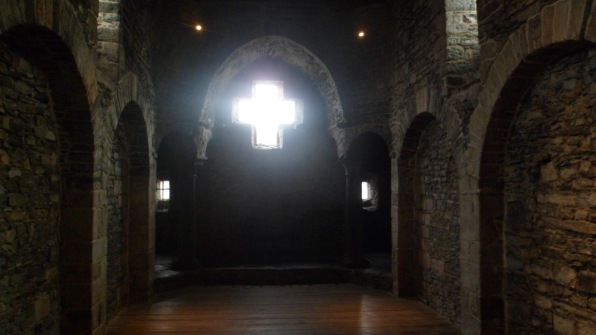
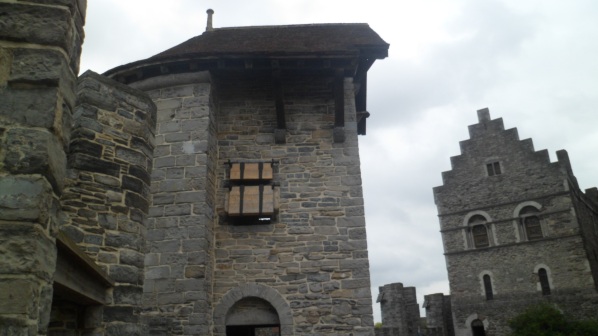
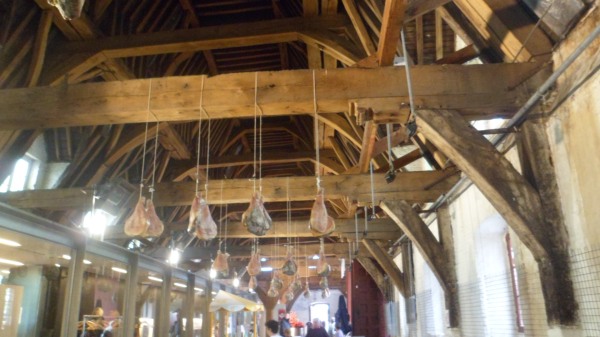
Comments (3)
Very interesting! I would love to visit the courts! The photos are a mixture of preservation and ruin - a perfect mix!
That they are, Val. Thank you.
You have to ask yourself what those royals considered comfort.
Comments are closed.